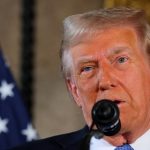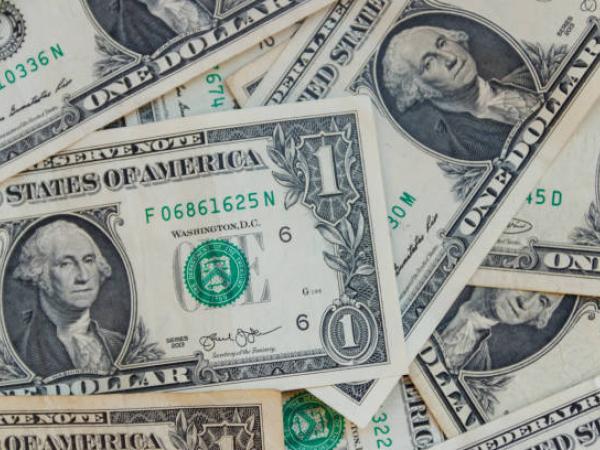Whenever we talk about currencies in the international market, especially the dollar, a term that generates concern among people is the ‘Blue Dollar’ or ‘blue dollar’, which although it is not an official currency, in some countries it has gained strength due to the conditions of its economy, and is preferred, among other things, because it allows you to bypass surveillance systems, even if at a higher price.
Although in Colombia it is not very relevant, since the same market conditions monitor and regulate its price, in countries such as Argentina, Guatemala, Brazil and Even in the United States, there is a great demand, especially from illegality and parallel markets.
Dollar
What is it?
According to experts consulted by Portafolio, the first thing that must be made clear is that in many countries this is an illegal currency, since its trade occurs through channels associated with the black market so as not to leave any trace of the transactions and this makes its price much higher than the conventional one.
Days without VAT: the three proposals that Petro made for the return of these days
It is also called the “parallel dollar” or “black dollar” and its price fluctuates the same as the original dollar, but in a kind of under-registration that is not reported to the financial authorities and therefore could lend itself to activities such as money laundering, tax fraud or other types of crime.
One of the reasons for its name, according to experts, is that “blue” in English, in addition to naming the color blue, refers to something “dark,” while for others, the theory that sounds most familiar is the one that relates it to the purchase operations through bonds or shares of companies known as “blue chips” or with the color that dollars adopt when they are detected as counterfeit bills.

Dollar.
How is it born?
To understand the origins of this illegal currency, an accepted theory is that of the Center for the Implementation of Public Policies for Equity and Growth (Cippec), which recalls that after many economic recessions in Argentina since World War II, which arose due to the lack of dollars, led to The Central Bank of the Argentine Republic will implement what is known locally as “cepos”.
Government presents William Mercado’s resume to be commissioner of the Creg
Although this measure seeks to contain the outflow of foreign currency and avoid economic crises, the restrictions on the purchase of dollars generated a system with multiple dollar quotes, which complicates the determination of its real value. The official exchange rate is managed by the BCRA and has two channels: retail and wholesale. However, the savings dollar, created after a “super-cepo” in 2020, is 60% more expensive than the official one due to additional taxes, such as the “country tax.”
This is why the market generated this type of initiatives to sell an illegal dollar.with a higher price but cheaper if the regulations of the southern country are taken into account, although it exposes those who seek it to high risks of finding counterfeit coins, with no way to respond in case of fraud.

Dollar.
How much they cost?
To give an example of the price change between the regular dollar and the blue dollar in Argentina, it is worth highlighting that this Thursday – July 25 – the official exchange rate (Banco Nacional dollar) is 947 Argentine pesos for sale, while the parallel currency (blue dollar) is quoted at 1,445 Argentine pesos for the same modality.
Colombians don’t like bosses: 7 out of 10 prefer to work without them
Said in Colombian pesos, currently a normal dollar in Argentina costs $4,099 for sale in exchange houses and A parallel or ‘blue’ one is at $6,255, making it clear what it can cost.













Add Comment